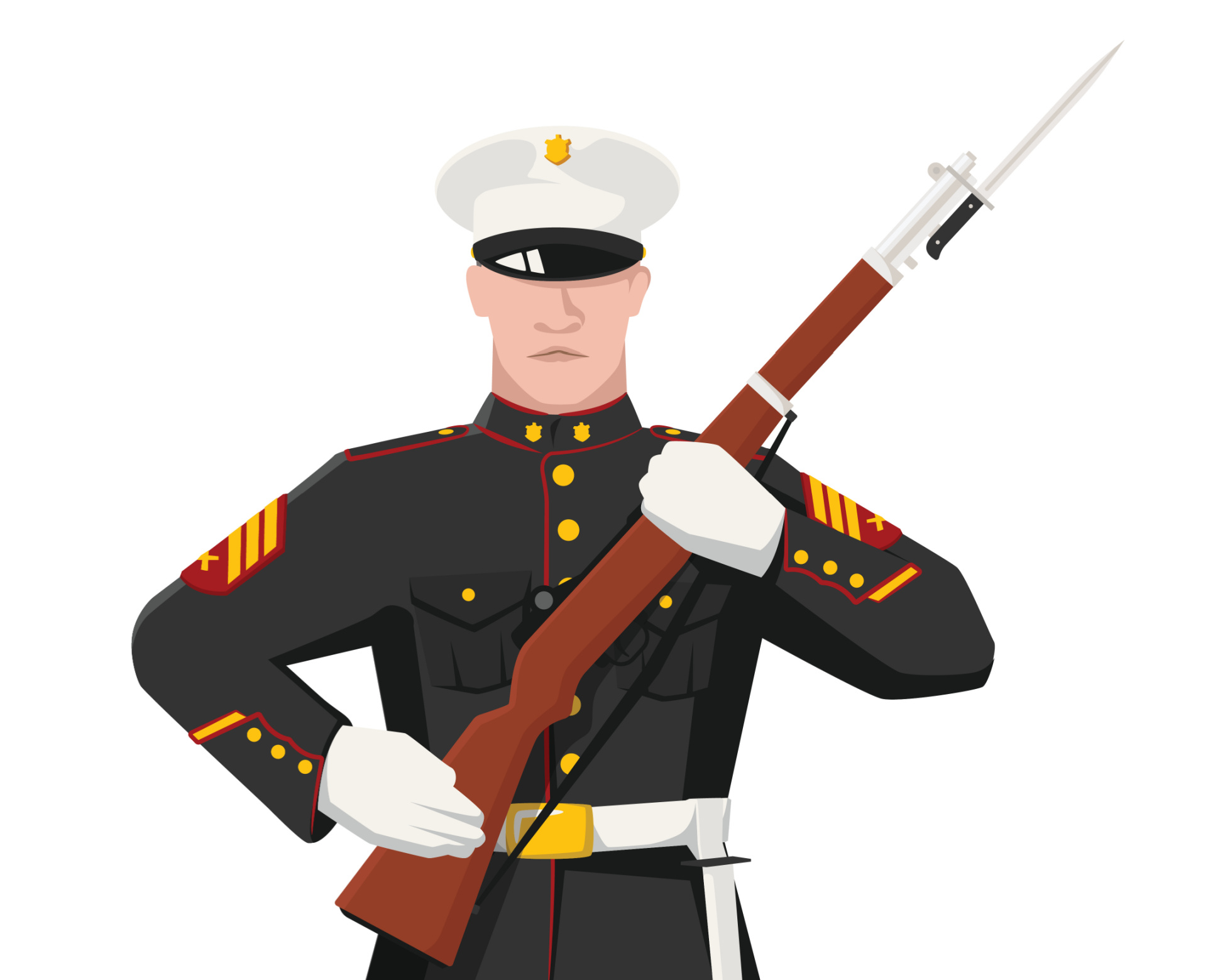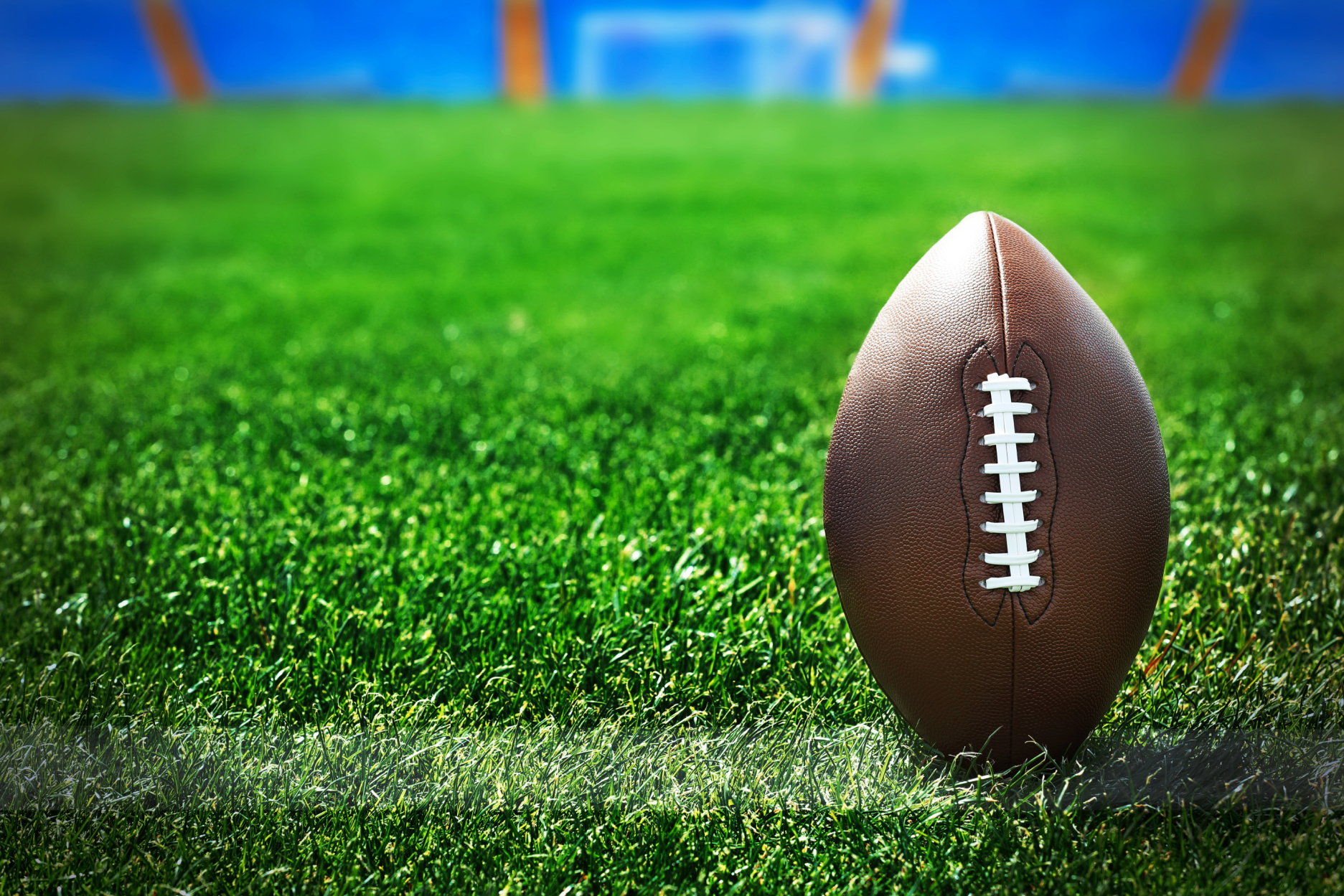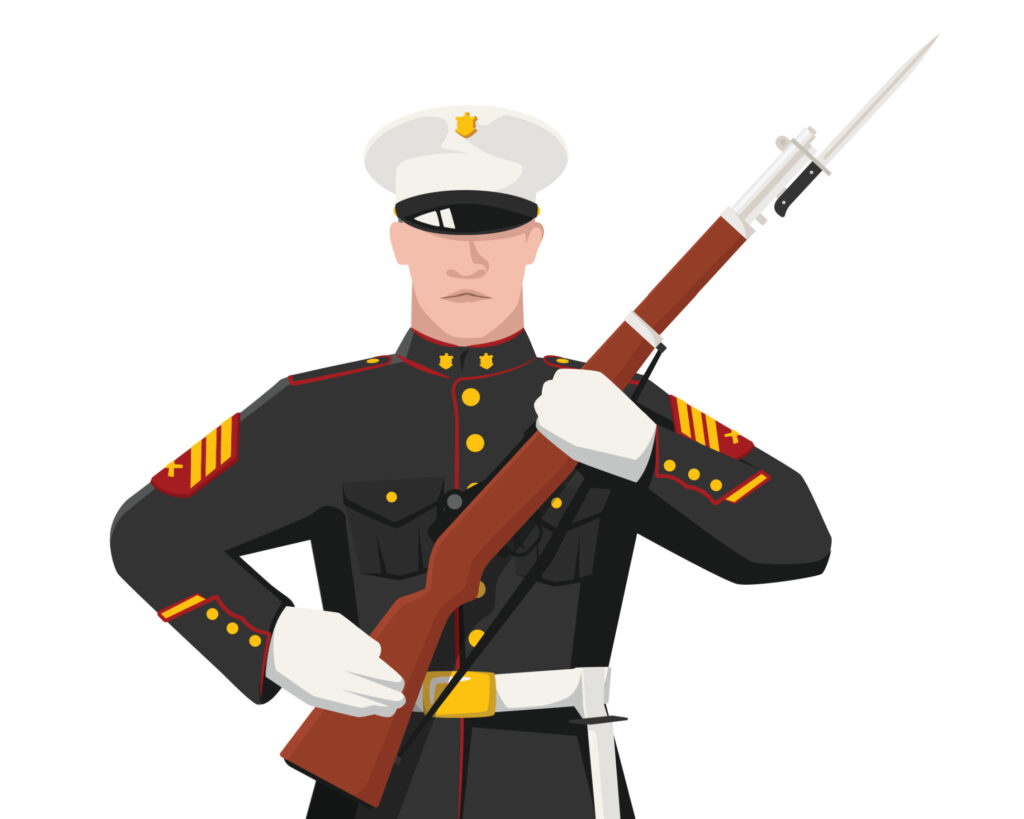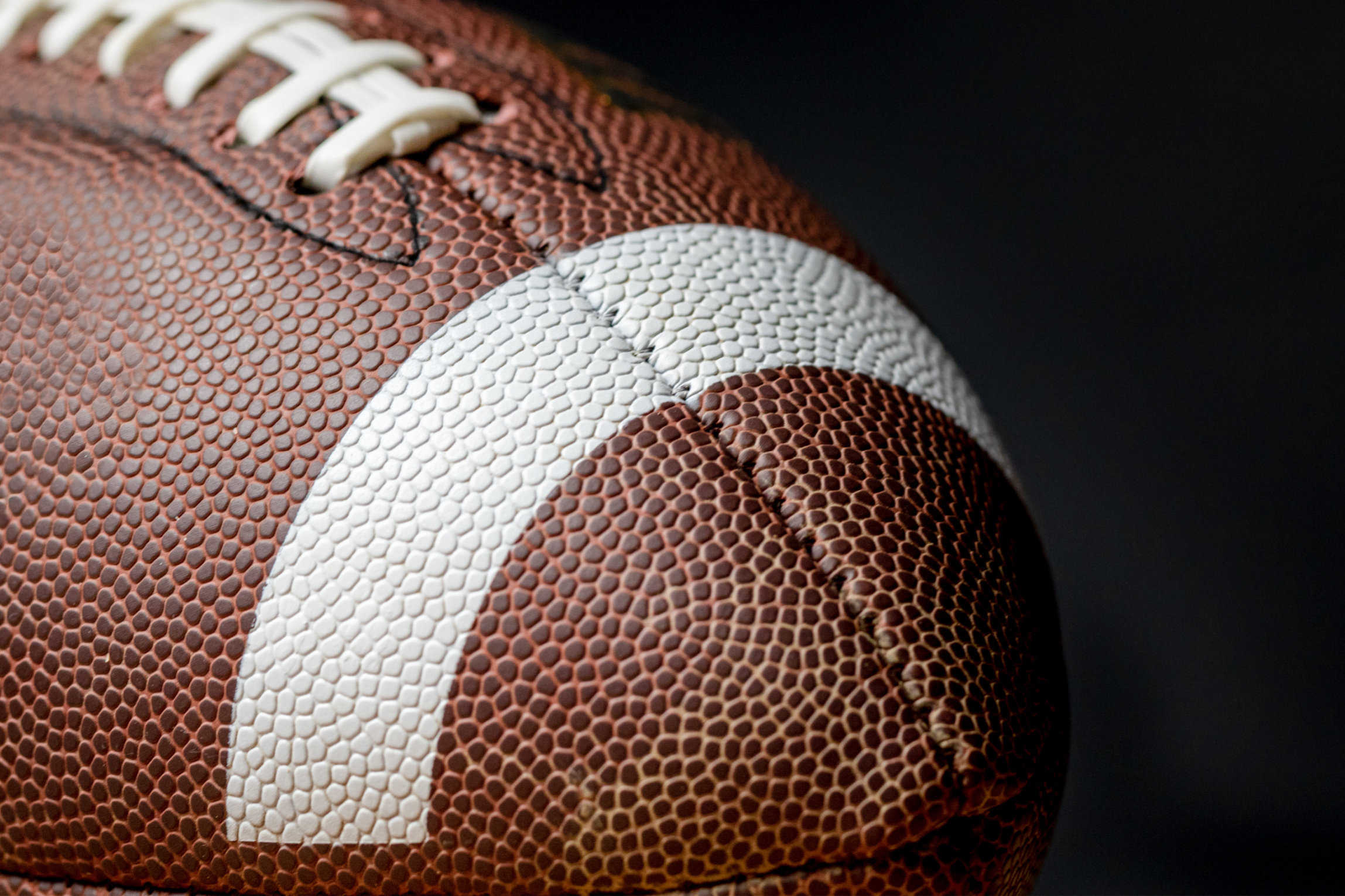
From Beaver Stadium to Selinsgrove
Under the direction of veteran Hall-of-Fame broadcaster Jim Doyle, when Penn State began competing in the Big Ten in 1993, I made my first trek to Beaver Stadium for football media day for Doyle’s longtime and popular Sunday Morning Quarterback show.
Over the next 32 years, I covered college football from State College to Bloomsburg to Bucknell. But not once did I watch a game in Selinsgrove at Susquehanna University. That changed this past Saturday—and the differences weren’t subtle.
They were audible, edible, and existential.
Parking: From Quagmire to Convenience
At Penn State, fans inch toward Lot 36 in a mile-long convoy, with forgotten $45 passes doubling as overpriced bookmarks. The looming $80 penalty fee hits harder than a fourth-quarter pick-six for Ohio State. And the worst part? You’re still three lots away when the game has already started.
At Susquehanna, there are no orange-vested rent-a-cops waving you into a dust bowl disguised as parking. You won’t find yourself rerouted through a cow pasture either. Instead, you park in a paved lot—maybe next to a professor’s minivan or the PA announcer’s pickup truck. Just showing up is enough, and no one charges you a second mortgage.
Division III doesn’t do extortion by blacktop.
A Game Without Spectacle
Here you won’t find NIL deals, millionaire coaches in headsets, or hype videos set to music older than the players. Best of all, no extended TV timeouts drag on longer than the line at the Berkey Creamery.
The crowd is not a sea of strangers. It’s your roommate, your professor, your optometrist. That intimacy creates a heartbeat you won’t find in cavernous stadiums. A Division III game feels less like ESPN primetime and more like a borough council meeting—with Gatorade.
Playing for the Love of the Game
Every Saturday, in quiet corners across America, Division III players suit up not for big payouts or headlines but for joy. Rosters list names, classes, and hometowns—not just for players, but even cheerleaders.
The grit here is raw and unpolished. Players work summer jobs, lift weights in basements, and play through pain without ESPN coverage. No transfer portal drama. No billion-dollar TV contracts. Just football.
Football as a Metaphor
Division III attracts intellectual athletes—the kind who might quote Thoreau in the locker room or debate the national deficit between reps. Football supports their journey, but it doesn’t define it. Coaches mentor as much as they recruit.
Few will go pro on the field, but most will become professionals in life. The lessons—discipline, teamwork, resilience—translate into boardrooms, classrooms, and operating rooms. Football here is not a stepping stone. It’s a destination.
The Honest Side of College Sports
Division III football strips away spectacle and reveals the roots of the sport: community, character, and competition. It’s the quiet subplot of American sports, the one that doesn’t earn a Netflix series or ESPN special. Postgame meals come from the local Subway, not a corporate sponsor.
You won’t see Heisman hopefuls or GameDay cameos. You’ll see leadership, sportsmanship, and love for the game. Players show up early, stay late, and still make 8 a.m. classes. This is the grit that doesn’t trend on social media but lasts.
Division III is not the loudest story in athletics, but it may be the most honest. Walk-ons become captains. Undersized linemen become legends. And the next time you pass a small-college stadium on a crisp autumn Saturday, stop in.
You won’t be disappointed.
RECENT
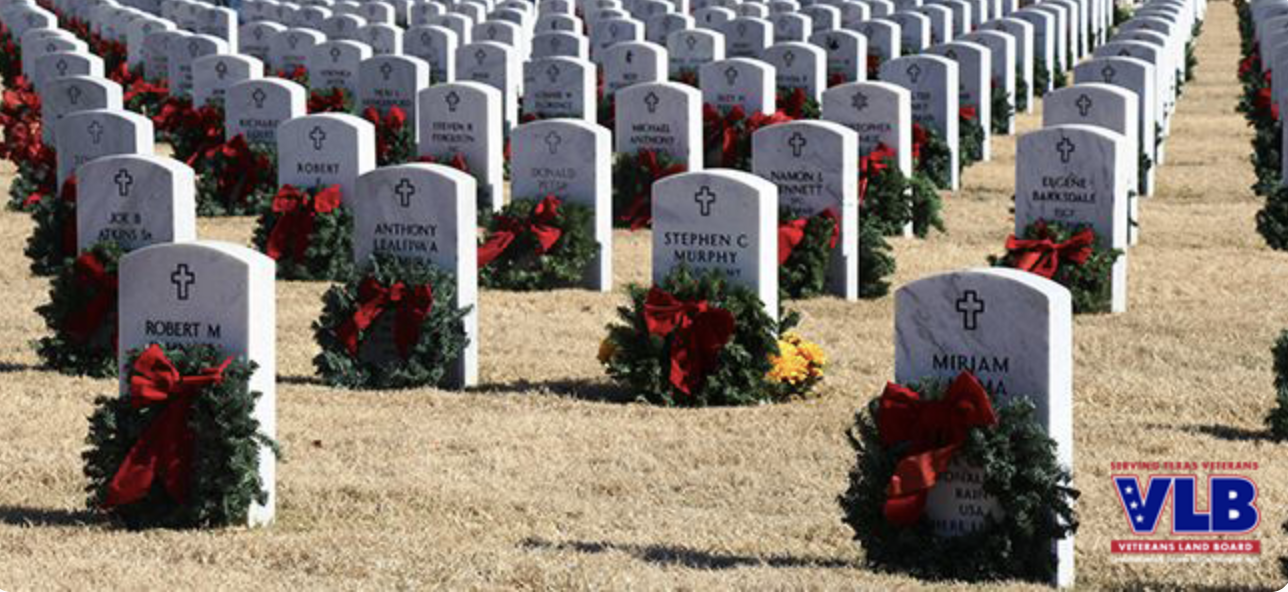


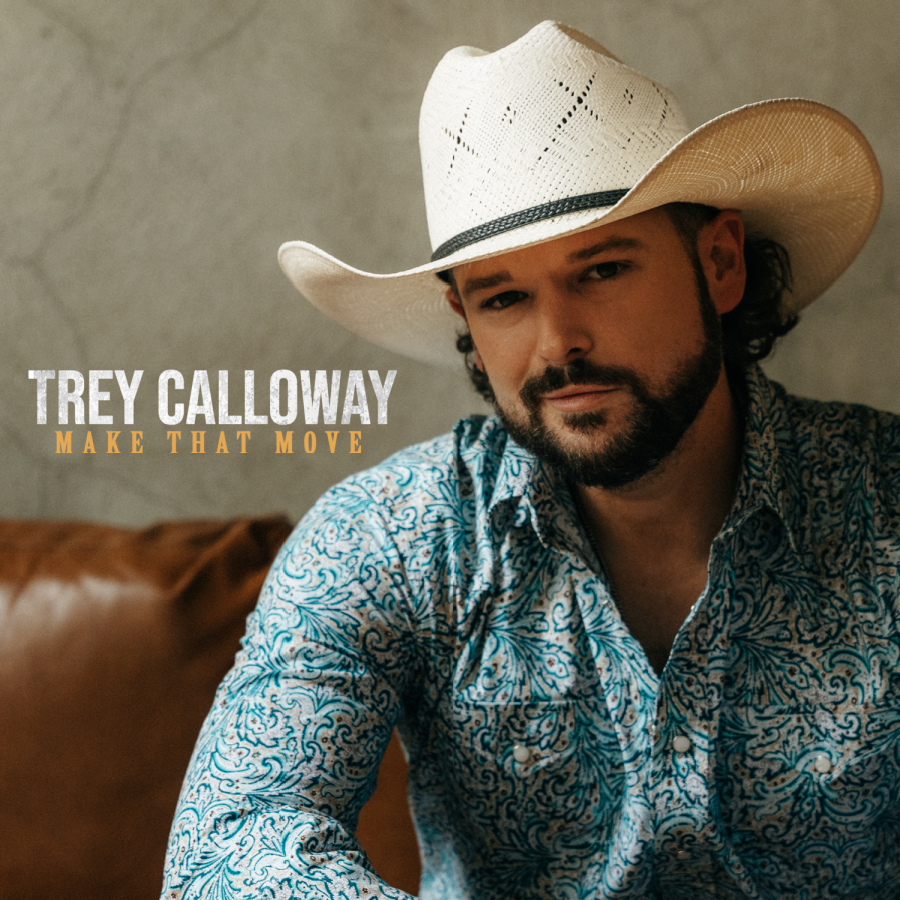

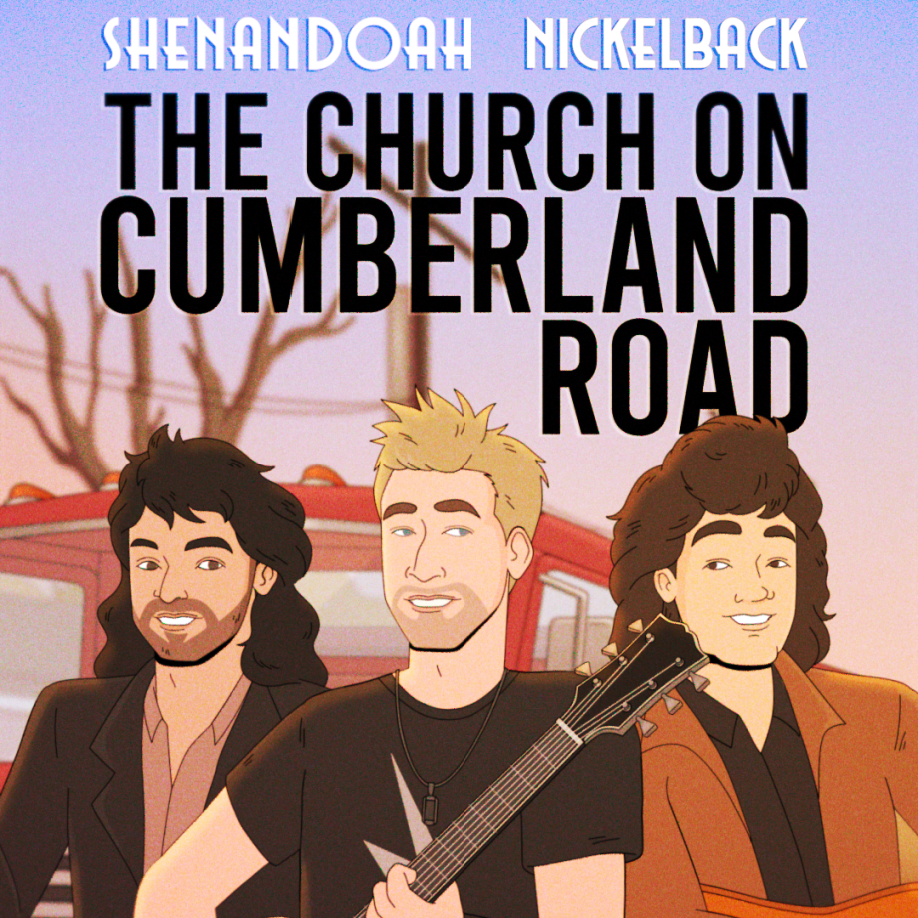




BE THE FIRST TO KNOW

More Content By
Greg Maresca